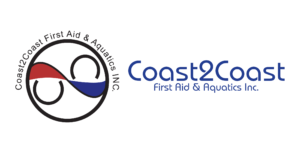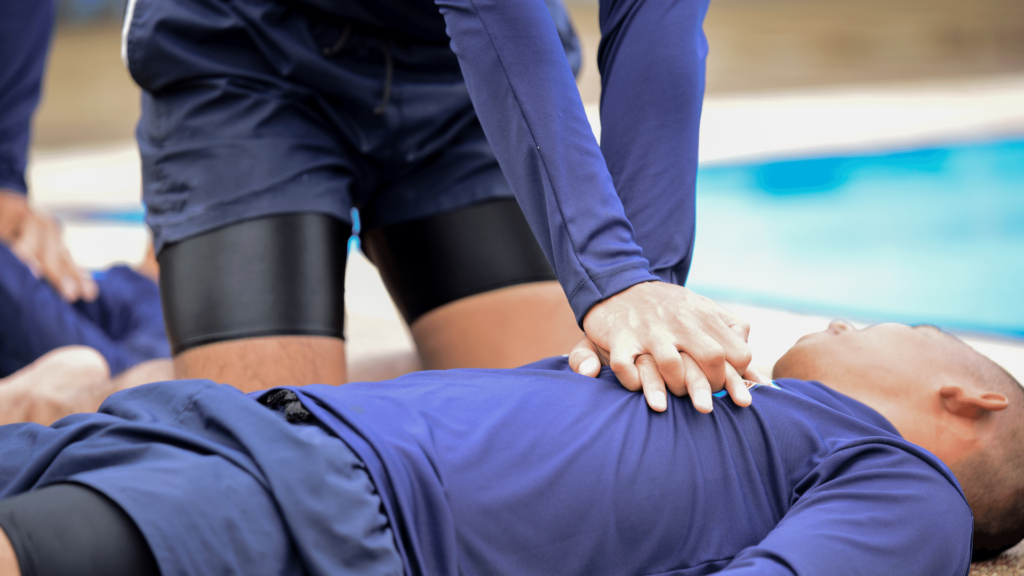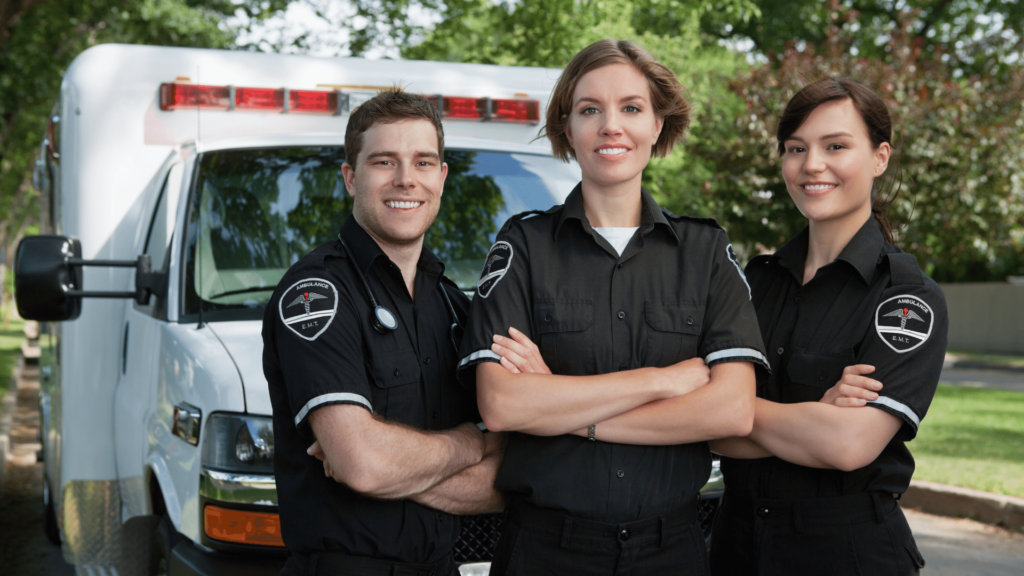There’s a saying – home is where the heart is.
It is sadly ironic, because it’s also very true with respect to the statistic covering cardiac arrest and heart attack cases.
Most of them occur at home.
The reason it’s sad is because you are less likely to die of cardiac arrest else. In a mall, airport or on the street there’s a better chance that someone can save your life by administering CPR.
When your family member is having a seizure or cardiac arrest, you can call 911 almost immediately, but that may not be good enough. Once this type of medical disaster strikes – minutes and even seconds are crucial to the outcome. Does the victim live or die, and if they live, will he or she recover fully or partially? Those fleeting moments of oxygen loss may result in brain injury and loss of speech, motoric functions, and more.
The only thing that can guarantee the damage is truly minimized is to have someone at home who knows CPR and First Aid procedures. If your loved one is having a cardiac arrest, it is imperative to act fast.
How does CPR work?
The procedure is simple, almost primitive, which is another reason why absolutely everyone should know it.
Once you called for help – always the first step in such situations – you need to begin cardiovascular resuscitation.
It is performed by simply pressing on the victim’s chest in a series of consecutive motions. One hand is positioned on their chest, the other hand rests on top of the first. You firmly press down to push the chest inward, leaning on the victim to add your weight to the push if necessary. Once the chest returns back up, push it back again. The ideal rhythm should be about a hundred such pushes a minute.
There is usually no acute need to give breath. Just pushing until the ambulance arrives raises the chances of survival significantly by pumping blood into the victim’s brain, keeping him or her alive.
The classes in our CPR training Toronto facility and other locations also give information about checking the breathing tract for obstructions, keeping an eye on the pulse, as well as other best practices, but it’s the pushing that does most of the work.
Don’t push your luck, when it comes to CPR and First Aid training.
We have First Aid training centers in Toronto and the GTA. We teach CPR in North York and other locations. Pick one and enroll to save someone’s life in an emergency.








No comment yet, add your voice below!